
Why are trees important for biodiversity?
Woodland is home to a wealth of wildlife. If we don't protect what we have left and work to create woodlands of the future, we stand to lose more than just trees.
Discover what trees offer
Conservation evidence officer
The UK's native woods and trees are incredibly biodiverse. They support many different species of fungi, lichens, mosses and plants, as well as birds, invertebrates and other animals. Many of these species are threatened and becoming rarer. Some have already become extinct. But why are native woodland ecosystems so vital for biodiversity?
Native woods are made up of native tree species. These are trees that colonised the UK naturally when the glaciers melted after the last Ice Age, before the UK was disconnected from mainland Europe. The UK's native trees include English oak, Scots pine, hazel and ash.
Some woods also contain non-native trees. These are species that have been transported to the UK by people. This may have been for ornamental gardens, timber production or for produce such as fruit and nuts.
Plantations of non-native conifers which were originally established to supply timber are now widespread. Sometimes these plantations have been established on existing native woodland sites. They account for around half of the UK’s woodlands. Introduced conifer species include Sitka spruce, Corsican pine, Norway spruce and Japanese larch.
The timing and method of arrival of tree species have important implications for their value to native UK wildlife. Native trees arrived in the UK over 10,000 years ago when the ice sheets retreated. Other plants and animals also colonised over that time and evolved close relationships with these species, becoming reliant on them for food, breeding sites and shelter.
In contrast, non-native conifers have been introduced by people over the last 400 years from all corners of the world. In their native range they support a diversity of species, but in the UK they have much lower biodiversity value as they don’t provide the same resources our native wildlife require. This is because they do not have the same long history with other species in the UK.
Non-native conifer plantations can, however, be improved for wildlife if managed as habitats that provide more than just timber, for example by:

Woodland is home to a wealth of wildlife. If we don't protect what we have left and work to create woodlands of the future, we stand to lose more than just trees.
Discover what trees offerThere have been lots of scientific studies that provide strong evidence for the value of native tree species for biodiversity.
For example, studies show that our two native oak species support a massive 2,300 species of mammals, birds, invertebrates, fungi and mosses. Of these, 326 species have become highly specialised to rely solely on oak, including moths such as the dark-crimson underwing (Catocala sponsa) and scarce merveille du jour (Moma alpium). Non-native conifers, in comparison, support very few oak-associated species.
Some studies of non-native conifer plantations claim they can support equal or greater species diversity as native woodland. However, specialist species are often missing from conifer plantations. Those that are present in plantations tend to have less specific habitat requirements or may be ‘hanging on’ from a time before the conifers were planted.
One group of specialist woodland species, known as saproxylic invertebrates, depend on dead and decaying wood. Of 1,005 beetles known to use trees, over two thirds use decaying wood – particularly that found in large, old, native broadleaved trees in parks and wood pastures. Unfortunately, the UK’s woodlands (both native and non-native) are seriously lacking in deadwood, and much of the wildlife that depends on it is rare and declining.
Not only this, but saproxylic species need the right kind of deadwood, such as standing dead trees, fallen logs or branches, and the species of tree really matters. For example, the extremely rare violet click beetle (Limoniscus violaceus) is only found in the hollow centres of ancient beech and ash trees.
Importantly, a 2019 study led by Richard Ennos also concluded that the UK’s native trees have the potential to adapt to future conditions, including those expected due to climate change. There is therefore no case for introducing non-native tree species from outside the UK when biodiversity conservation is a key objective.
Protecting and creating native woodland is the best way to secure the future of our woodland species. Find out more about how we work to ensure the right trees are planted in the right place, and protect the native woods we already have.
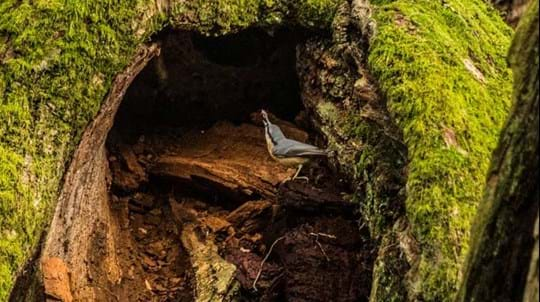
Trees woods and wildlife
Our fantastic oaks support more life than any other UK native tree. Discover which species live and feed on oak, from foxes and fungi to bats and beetles.
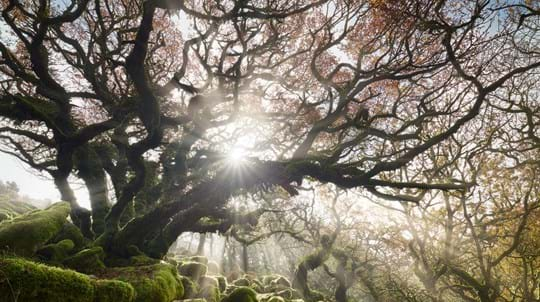
Plant trees
Whatever your reason for planting, trees have far-reaching benefits for all of us.
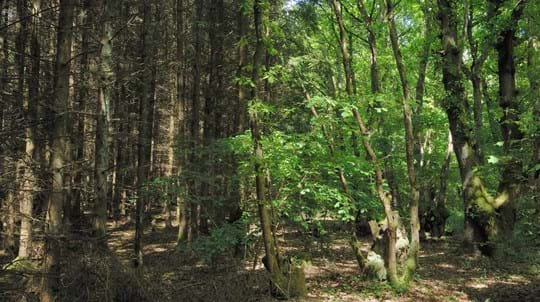
Protecting trees and woods
Find out how our restoration work is encouraging ancient woodland to recover and reverse years of decline.
We have single trees and tree packs to meet your needs, from wildlife to woodfuel. Delivery is free.
Shop now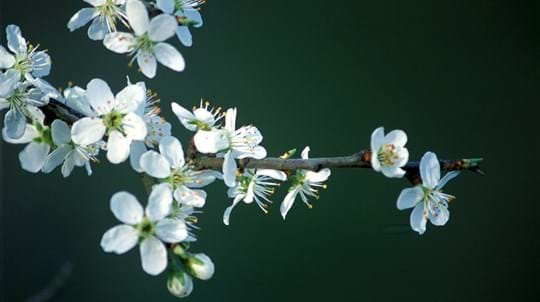
Trees woods and wildlife
Native UK trees colonised the land when the glaciers melted after the last Ice Age and before the UK was disconnected from mainland Europe.
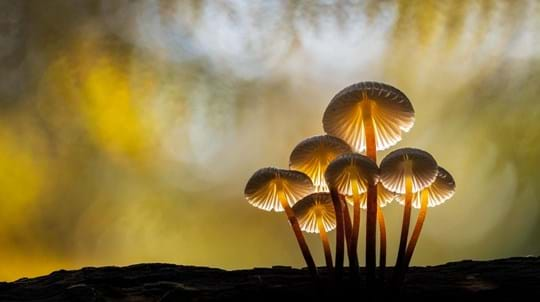
Trees woods and wildlife
Dead and decaying wood is one of any woodland's most important microhabitats. Learn more about why we need more of it, as well as the rare and endangered beetles, colourful fungi and other threatened wildlife that relies on it.
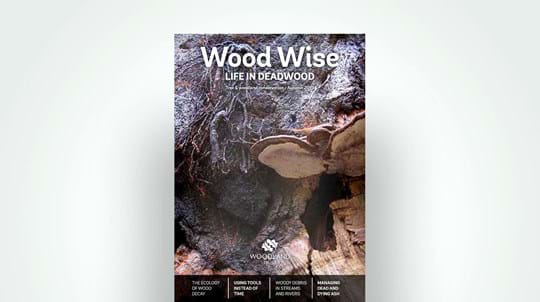
Journal
PDF (4.01 MB)
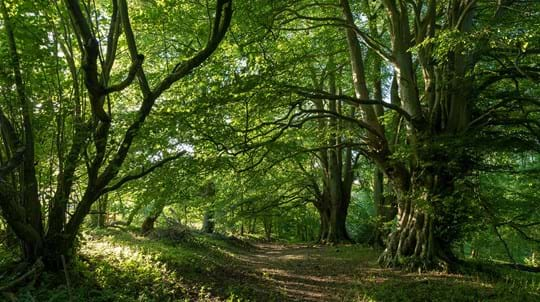
Trees woods and wildlife
Discover more the rich and varied types of woodland around the UK and its special and often spectacular wildlife. From lush temperate forests, to orchards and old hunting grounds.